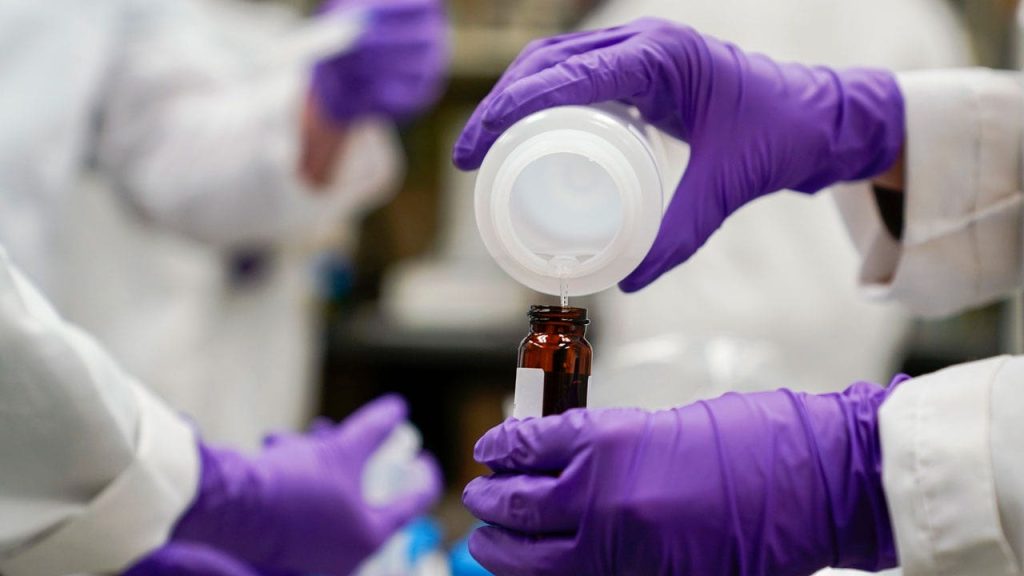The Biden administration has finalized strict limits on PFAS, known as “forever chemicals,” in drinking water. This rule will require water utilities to reduce these chemicals to the lowest level they can be reliably measured. This move is expected to benefit around 100 million people and prevent thousands of illnesses, including cancers. PFAS chemicals are toxic and persistent in the environment. The rule sets limits on two common types, PFOA and PFOS, at 4 parts per trillion, and three other types at 10 parts per trillion. Water providers will now have to test for these chemicals and inform the public when levels are too high.
Environmental and health advocates have applauded the new rule, but some water utilities have raised concerns. They argue that treatment systems are expensive to install and will end up increasing costs for customers. Utility groups warn that implementing these rules could cost tens of billions of dollars and disproportionately affect small communities with limited resources. Legal challenges are expected to follow the enforcement of these regulations. EPA Administrator Michael Regan believes that this is the most significant action the EPA has ever taken on PFAS and is crucial for improving the health and vitality of communities across the country.
The Biden administration is aiming to make tap water safer for millions of consumers by setting stricter limits on harmful chemicals in drinking water. Utilities will be required to remove contamination put into the environment by other industries. PFAS chemicals have been linked to a range of health issues, including kidney cancer and low birth weight. Although some of the more common types of PFAS have been phased out in the U.S., others remain and continue to pose a threat to public health. By reducing exposure to PFAS in drinking water, the administration hopes to mitigate the long-term health effects associated with these chemicals.
Water providers will generally have three years to conduct testing for PFAS chemicals and identify contamination. If levels exceed the new limits, they will have two more years to install treatment systems. The EPA expects around 6-10% of water systems to surpass the new limits. The cost of implementing these rules is a major concern for the industry, as utilities argue they will need more funds to comply. Some companies, such as Veolia, are already taking steps to address PFAS contamination in the water they serve, but challenges remain in scaling up these efforts to larger communities.
The EPA’s rule aims to address public concerns over PFAS contamination in drinking water. PFAS manufacturers have been criticized for downplaying the dangers of these chemicals, despite knowing their harmful effects for decades. Environmental and health advocates stress that reducing PFAS in drinking water is a cost-effective way to decrease exposure to these toxic substances. While there may be challenges in implementing these rules, including financial burdens on water utilities and technical limitations, the EPA believes that the benefits of reducing PFAS exposure will outweigh the costs in the long run. The federal government has provided some funds to assist utilities in complying with the new regulations, but more resources may be needed to fully address the issue.
Communities across the country have been grappling with the presence of PFAS in drinking water and the potential health risks associated with exposure. The new regulations represent a significant step towards protecting public health and preventing illnesses caused by PFAS contamination. By setting strict limits on these chemicals and requiring water utilities to comply, the Biden administration hopes to reassure the public about the safety of their drinking water. While challenges remain in implementing these rules, the administration is committed to working with stakeholders to achieve cleaner, safer drinking water for all Americans.


